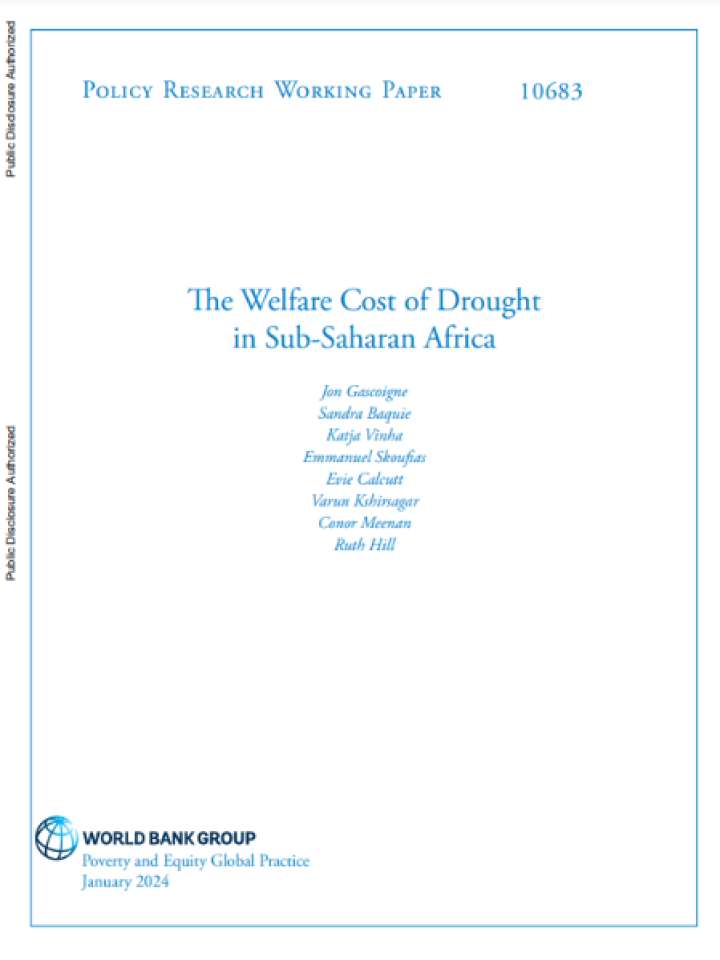The welfare cost of drought in Sub-Saharan Africa
This paper quantifies the impact of drought on household consumption for five main agroecological zones in Africa, developing vulnerability (or damage) functions of the relationship between rainfall deficits and poverty. Damage functions are a key element in models that quantify the risk of extreme weather and the impacts of climate change. Although these functions are commonly estimated for storm or flood damages to buildings, they are less often available for income losses from droughts.
The paper takes a regional approach to the analysis, developing standardized hazard definitions and methods for matching hazard and household data, allowing survey data from close to 100,000 households to be used in the analysis. The damage functions are used to quantify the impact of historical weather conditions on poverty for eight countries, highlighting the risk to poverty outcomes that weather variability causes. National poverty rates are 1–12 percent higher, depending on the country, under the worst weather conditions relative to the best conditions observed in the past 13 years. This amounts to an increase in the total poverty gap that ranges from US$4 million to US$2.4 billion (2011 purchasing power parity).
Explore further
